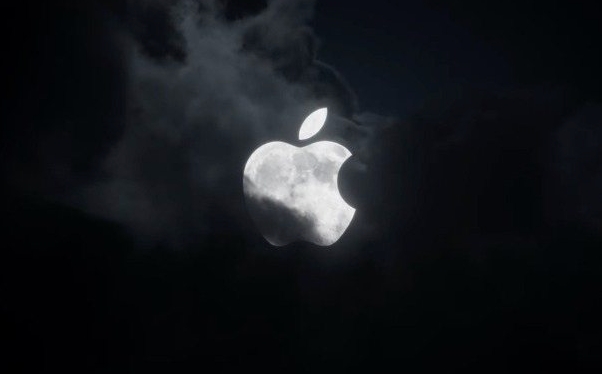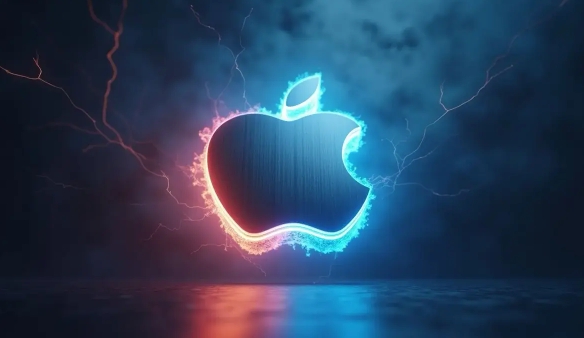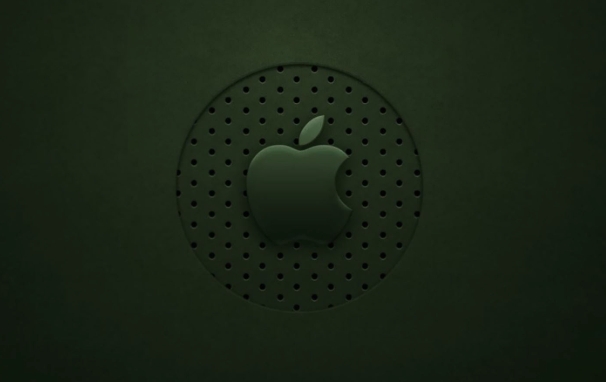To install macOS, you need at least 15GB to 35GB of free space depending on the version and installation type. Newer versions like Sonoma may require up to 35GB, while Ventura or Monterey typically need around 20–25GB. A clean install may use less space than an upgrade. The required space includes room for system files, temporary installation files, caches, and future updates. To check available space, go to About This Mac > Storage tab, or rely on the installer in Recovery Mode. If low on space, delete unused apps, offload files to the cloud, or use "Optimize Storage." For a smooth installation, leave extra space beyond the minimum, format drives as APFS, ensure your USB installer has at least 16GB, and avoid keeping multiple macOS versions on systems with limited storage like 128GB SSDs.

The amount of free space required to install macOS depends on the version you're installing and whether you're doing a clean install or an upgrade. Generally speaking, you’ll need at least 15GB to 35GB of free space, but that can vary depending on the specific macOS release and your system configuration.

What determines the required storage for macOS?
macOS needs enough room not just for the system files, but also for temporary files created during installation, caches, and future updates. Here are the main factors:

- Version of macOS: Newer versions tend to require more space due to added features and improved security.
- Installation type: A clean install may use slightly less space than an upgrade, which keeps your existing settings and files.
- Additional tools and drivers: Some installations include extra components like developer tools or compatibility layers.
For example:
- macOS Ventura or Monterey usually ask for around 20–25GB.
- macOS Sonoma or newer may require up to 35GB for installation.
Keep in mind, these numbers don’t include your personal data — those are just for the OS itself.

How to check if you have enough space
Before starting the installation, it’s smart to double-check your available storage:
- Click the Apple menu (?) > About This Mac > Storage tab.
- You'll see a breakdown of how much space is used and available.
- If you're installing from Recovery Mode, the installer will also give you a rough estimate of how much space it needs.
If you're short on space, consider:
- Deleting unused apps and large media files.
- Offloading old documents to cloud storage temporarily.
- Using the built-in "Optimize Storage" feature under System Settings > Storage.
Tips to make sure the installation goes smoothly
Here are a few things people often overlook:
- Leave a little extra space beyond the minimum requirement. It helps with system performance and allows room for automatic updates.
- If you’re installing macOS on a separate volume or drive, format it as APFS (Mac OS Extended is outdated) before starting.
- If you’re installing from a USB installer, make sure it has at least 16GB of space, especially for newer macOS versions.
- On older Macs with limited storage (like 128GB SSD), it's best to avoid keeping multiple macOS versions installed at once.
Generally speaking, as long as you’ve got at least 20GB free and a compatible machine, you should be fine. Just keep in mind that low-space situations can cause the installer to fail partway through — and that’s never fun.
The above is the detailed content of How much free space is needed to install macOS?. For more information, please follow other related articles on the PHP Chinese website!

Hot AI Tools

Undress AI Tool
Undress images for free

Undresser.AI Undress
AI-powered app for creating realistic nude photos

AI Clothes Remover
Online AI tool for removing clothes from photos.

Clothoff.io
AI clothes remover

Video Face Swap
Swap faces in any video effortlessly with our completely free AI face swap tool!

Hot Article

Hot Tools

Notepad++7.3.1
Easy-to-use and free code editor

SublimeText3 Chinese version
Chinese version, very easy to use

Zend Studio 13.0.1
Powerful PHP integrated development environment

Dreamweaver CS6
Visual web development tools

SublimeText3 Mac version
God-level code editing software (SublimeText3)

Hot Topics
 How to partition hard drive for Windows installation
Jun 27, 2025 pm 02:27 PM
How to partition hard drive for Windows installation
Jun 27, 2025 pm 02:27 PM
Partitioning is crucial to installing the system. Good partitioning can improve the system operation efficiency and data management convenience. First of all, you need to know that there are up to 4 main partitions, and logical partitions are required if there are more than UEFI. The new computer recommends that the GPT format be started with UEFI, and the old machine uses MBR; the system disk is reserved at least 60GB. It is recommended that home or office users be divided into 2 to 3 zones: system disk (60 to 100GB for disk C), data disk (remaining space for disk D), optional backup/tool ??disk (approximately 50GB for disk E), dual systems require additional partitions. During installation, operate the partition on the "Custom Installation" page, and be careful to delete the old system partition to avoid confusion. In terms of details, the default NTFS format is maintained, the SSD is turned on AHCI mode, partition first and then install the system, and disk management can be used to adjust the partition size but avoid it.
 macOS installer is damaged and can't be used
Jun 28, 2025 am 12:01 AM
macOS installer is damaged and can't be used
Jun 28, 2025 am 12:01 AM
When you encounter the prompt "macOS installer is corrupted and cannot be used", the problem is usually not that the installation package itself is corrupted, but that there is an error in the verification mechanism or storage method. 1. Re-download the macOS installer, and priority is obtained from Apple's official channels to ensure integrity; 2. Turn off the installation verification in SIP, enter the csrutildisable command through the terminal and temporarily close the verification and restart the installation; 3. Check whether the USB boot disk is made correctly. It is recommended to use the createinstallmedia command and ensure that the USB disk format is MacOS extension; 4. Correct the time and date settings, adjust the time through the date command in the recovery mode to avoid misjudgment of the certificate expiration. Most of them are after completing the above steps.
 What is the difference between macOS Recovery and Internet Recovery?
Jul 02, 2025 am 12:24 AM
What is the difference between macOS Recovery and Internet Recovery?
Jul 02, 2025 am 12:24 AM
macOSRecoveryisabuilt-inrecoverysystemonahiddenpartitionofyourMac’sstartupdisk,providingtoolslikeDiskUtility,Terminal,andmacOSreinstallation.1.Itloadsquicklyfromlocalstorage.2.Requiresafunctioninginternaldrive.3.ToolsincludereinstallingmacOS,repairin
 How to dual boot Windows 11 and Ubuntu
Jul 01, 2025 am 12:08 AM
How to dual boot Windows 11 and Ubuntu
Jul 01, 2025 am 12:08 AM
When installing dual systems, you need to pay attention to partitioning, installation order and BIOS settings. 1. Partition preparation: Use disk management tools to compress at least 25GB (50GB or more) of unallocated space to Ubuntu without formatting; 2. Make a boot U disk: Use Rufus to write Ubuntu ISO to at least 8GB U disk; 3. BIOS settings: Restart and enter the BIOS (usually press F2, Del or Esc), turn off SecureBoot, and set the U disk as the first boot item; 4. Install Ubuntu: Select "Somethingelse" custom partition, create a new ext4 mount point/ and occupy the remaining space, and build a swap partition equal to the memory size, boot and add
 macOS installer won't accept my password
Jun 29, 2025 am 12:14 AM
macOS installer won't accept my password
Jun 29, 2025 am 12:14 AM
The answer to the question is that the password error prompt may be caused by keyboard layout, case recognition, or installer source. The macOS installation interface uses an American English keyboard by default. The input of non-English keyboards may not match. It is recommended to switch layouts or avoid special characters; the password is case-sensitive, and it is recommended to check the CapsLock status or try all lowercase; if the installer comes from another Mac, you need to enter the Mac password to make the installer; you can also try to re-download the installer through recovery mode, confirm the administrator account identity, or format the disk with disk tools first.
 Can I use my Windows 7 product key to activate a new Windows 10 installation
Jul 02, 2025 am 12:15 AM
Can I use my Windows 7 product key to activate a new Windows 10 installation
Jul 02, 2025 am 12:15 AM
No,youcannotdirectlyuseaWindows7productkeytoactivateWindows10.1.Windowsproductkeysareversion-specific,soaWindows7keyonlyworksforWindows7.2.IfyourPCwasupgradedfromWindows7toWindows10beforesupportended,itmayhaveadigitallicenselinkedtothehardware,allowi
 How to install Windows 10 in VirtualBox
Jun 30, 2025 am 12:02 AM
How to install Windows 10 in VirtualBox
Jun 30, 2025 am 12:02 AM
The key steps to install Windows 10 to VirtualBox are as follows: 1. Prepare VirtualBox, Windows 10 ISO images and system resources; 2. Create a virtual machine and set the name, type, memory and virtual hard disk; 3. Mount the ISO file and start the installation process; 4. After the installation is completed, the enhancement function expansion package is inserted to improve performance and operating experience. The entire process requires attention to hardware compatibility, BIOS settings and installation of necessary dependencies to ensure smooth installation.
 How to use Disk Utility to erase a Mac for a clean macOS install?
Jul 02, 2025 am 12:23 AM
How to use Disk Utility to erase a Mac for a clean macOS install?
Jul 02, 2025 am 12:23 AM
To completely erase the Mac drive for clean installation, you must first enter recovery mode and use Disk Utility. The steps are as follows: 1. Press and hold Command R after shutting down the power and start to enter recovery mode; 2. Open Disk Utility and select "Show All Devices" to view the complete drive information; 3. Select the target volume or physical drive, click "Erase" and select the appropriate format (APFS or MacOSExtended); 4. If you need to sell or give away the device, you can enable the safe erase option; 5. Exit Disk Utility and reinstall macOS after completion. Make sure to back up important data before operation.






